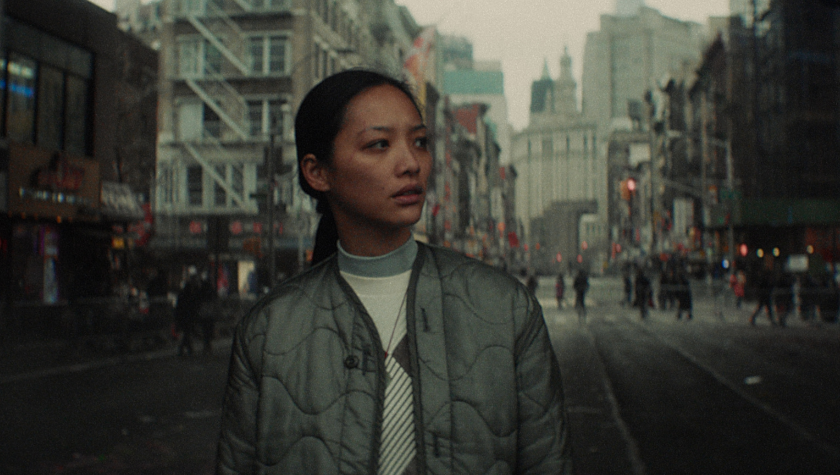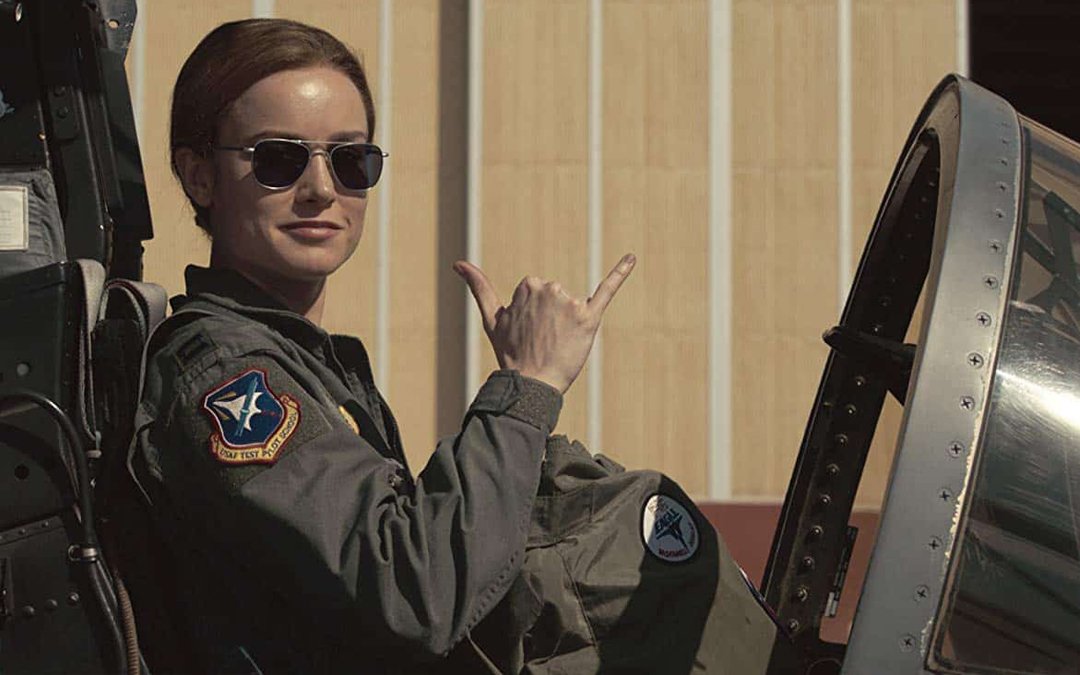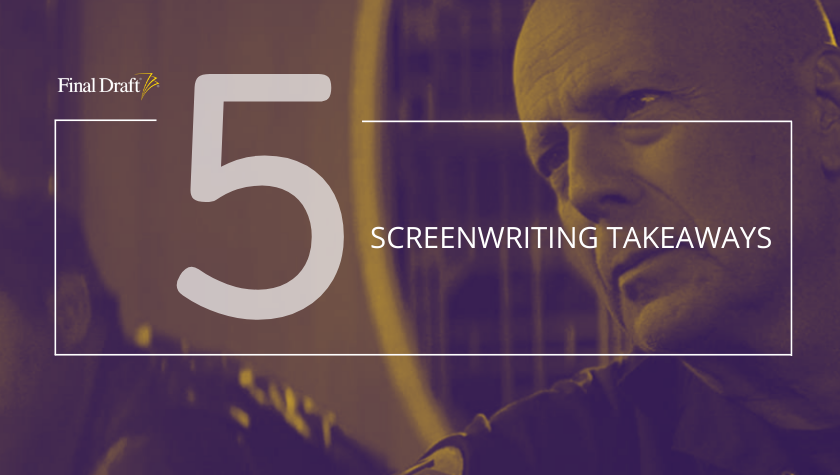Writer-Director Pellan Kågerman on 'Aniara'
June 13, 2019
Aniara is a Swedish sci-fi feature film written and directed by Pella Kågerman and Hugo Lilja, based on the 1956 poem by Harry Martinson.
Aniara takes place in a future in which Earth’s environment has been ruined to the degree that humanity is forced to flee to Mars. The story begins with the launch of the titular city-sized transport ship. Aniara is one of many, and said flight occurs in comfort and style; it’s like being on a cruise ship in space. Though the transported humans reside in tight cabins, the ship is tricked out with fashionable shops and restaurants. There is no panic. The trip is treated with the dull comfort of a commuter flight. The captain announces the ETA down to the minute.
Trouble comes when Aniara is damaged by passing space junk; fitting, given the environmental themes. The crew is able to save the ship, but they have been knocked off course and are forced to jettison the fuel that would allow them to change course. The ship hurdles into the blackness of empty space.
Our protagonist is known only as MR (played by the wonderful Emelie Jonsson). She runs Mima, which is like a holodeck in Star Trek in the sense that it offers an immersive, lifelike experience. Those experiences are limited to scenes of Earth in its unsullied state: walks through the forest, swimming in lakes, and so on. To interact with Mima, you take off your shoes and lie facedown on a bland carpet as glowing patterns shift on the ceiling.
At first, MR can barely get passengers interested in Mima. It’s seen as a novelty; a slightly dull side attraction, like the ride you hit at Disneyland only after you’ve run through everything else.
But after the accident, passengers flock to Mima. Cast adrift, literally and spiritually, they instinctively grasp at any connection to Earth; even the computer-generated illusion is better than nothing. As unrest and despair increase, MR struggles to keep up with demand.
Kågerman says the poem has a personal connection. When growing up, she was very close with her grandmother, and they shared a love of Aniara. After her grandmother had a stroke, Kågerman would read the poem to her. Whereas before she had seen Aniara as something of a challenging work, via this experience, Kågerman thought, “Yes, now I really get this poem.”
She began to think of ways to shoot the scenes, and the project was able to connect with Swedish film financing. At one point, they pitched to companies in the U.S., but came up against a desire for happier elements.
“It’s not a Hollywood story,” Kågerman said. She explained that Martinson’s daughter was adamant that they remain true to the story as told in the original poem.
Kågerman also mentions that at one point, the producer floated the idea of shooting in English. But as the cast had been working in their native Swedish until then, the team decided it was best to stick with that language.
The film was completely shot in Sweden. Production was at times a challenge.
“There was a big storm,” Kågerman said, “and we were shooting nights in the winter, so we never saw daylight.”
Visually, the film is reminiscent of ‘70s science fiction.
“It was inspired by Kubrick and Tarkovsky,” Kågerman said.
Cinematographer Sophie Winqvist offers harsh, blinding white lights and sleek interiors, contrasting with tactile human faces in extreme close-ups.
Script-wise, Aniara tangentially fits a sub-sub-sub-genre of sci-fi scripts that might be called the long trip spec. Most of them go a little something like this: The characters are on a ship that’s on a long mission in space. An inciting incident occurs; it’s either an accident (usually something to do with an asteroid), or the ship happens upon an anomaly (usually leading to an alien). In a large percentage of these scripts, one of the characters goes insane and gives everyone a hard time. That character is almost always either the captain, or an android/robot.
It would be easy to lump Aniara among scripts of this nature, but it continually veers in unexpected directions. This film has more in common with titles like Mother! and High-Rise than Sunshine or Mission to Mars.
From a storytelling angle, this movie is an excellent example of how to explore themes in a resonant manner without letting them get in the way of the characters or narrative. While it clearly has something on its mind, and the film is driven from the ground up by its thematic elements, it never preaches, or tries to force the audience to eat their vegetables.
The storytelling choices are consistently both organic and surprising. Foreshadowing inspires a queasy dread. It’s cosmic, existential horror, driven by the characters’ psychological struggles. They strive for hope, and are intermittently able to find it in the warmth of the little fires of their relationships, but their efforts to find happiness in the emptiness are often futile.
It’s also interesting that our protagonist is somewhat unmoored from the beginning; MR has no family, nobody waiting for her on Mars. Even her name is an acronym for her job: Mimarobe. She spends her off-hours dancing in a techno club. Her only meaningful relationships are with her roommate, a cynical astronomer who refuses to be anything but brutally honest about their chances of survival, and Mima itself. She becomes a custodian of the last shred of natural Earth that exists, illusory though it may be.
Though this is the filmmakers’ first feature, the execution is intelligent and assured. The performances are consistently on point. The filmmakers have assembled an excellent cast. Besides Jonsson, Arvin Kananian stands out as the ship’s captain, a character who at first is little more than an arrogant bus driver in a ridiculous costume, and inadvertently becomes the leader of a doomed voyage to nowhere.
Aniara gives its audience a lot to unpack. It’s a haunting film.
Written by: Michael Kuciak
Michael Kuciak is the writer-director of the forthcoming horror film DEATH METAL. He's from Chicago.



